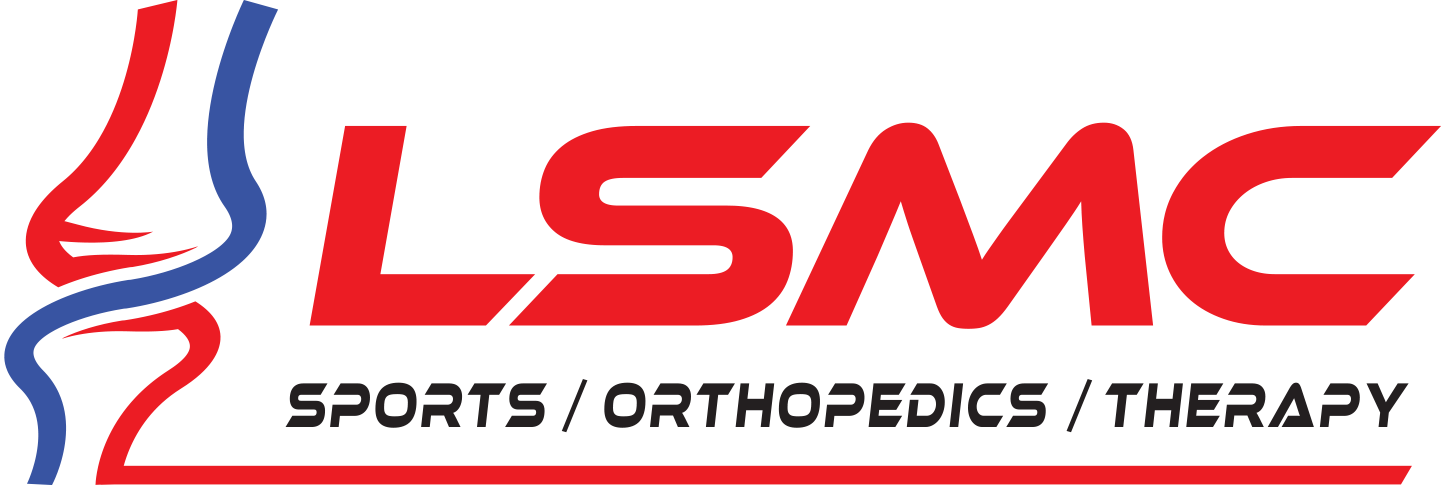After a sedentary workweek, end zone catches and 36-hole weekends can take theirtoll in common sports injuries. The most common sports injuries are strains and sprains. Sprains are injuries to ligaments, the tough bands connecting bones in a joint. Suddenly stretching ligaments past their limits deforms or tears them. Strains are injuries to muscle fibers or tendons, which anchor muscles to bones. Strains are called “pulled muscles” for a reason: Over-stretching or overusing a muscle causes tears in the muscle fibers or tendons.
We have compiled a list of many of these common injuries. Not all injuries are strains and sprains. The list includes concussions, which have risen in recent years. As it is with all injuries, It is important to seek medical attention immediately to prevent further discomfort and or damage to the affected area.
1. Ankle sprain
An ankle sprain refers to the injury to the soft tissues, usually the ligaments, of the ankle when it turns in during physical activity. As you know, the ankle sprain is that familiar sports injury that usually results from twisting your ankle – maybe from coming down from a jump incorrectly, planting your foot in the wrong spot during a cut or just from losing your footing while running. There’s often that moment when you wonder whether you just harmlessly rolled your ankle or truly sprained it..
2. Groin pull
A groin pull, or groin strain, is an injury to the muscles of the inner thigh resulting from putting too much stress on muscles in this area. If these muscles are tensed too forcefully or too suddenly, they can get over-stretched or torn. The groin muscles called the “adductor muscle” group consists of six muscles that span the distance from the inner pelvis to the inner part of the femur (thigh bone). These muscles pull the legs together, and also help with other movements of the hip joint. The adductor muscles are important to many types of athletes including sprinters, swimmers, soccer players, and football players. Groin pulls are common in people who play sports that require a lot of running and jumping. In particular, suddenly jumping or changing direction is a likely cause. An acute groin pull can be quite painful, depending on the severity of the injury.
3. Hamstring strain
Hamstring injuries happen when the muscles are stretched too far. Sprinting and any other sport that require a tremendous amount of stress on the legs put participants at risk of hamstring pulls. Running, jumping and kicking sports bring about the most hamstring injuries. It’s easy to see why this injury is so common when these activities are included in most of the sports that you can think of. Hamstring pulls can vary greatly in severity, from muscle pulls (Grade 1 injuries) to complete hamstring tears (Grade 3).
4. Quad Strain
Quad strains can come about from a variety of factors. Practitioners suggest that any muscle imbalance between from the hips down to the toes can impact the quadriceps muscle. One common cause is simple overuse, pushing the quad further than you usually do on any given day, but there are several other ways to come down with it. Putting stress on the muscle when it’s not ready (like sprinting without doing a proper warm-up) is another common cause, while overstretching and trauma can be factors as well. The extent of symptoms is widely varied. Many quad strains can produce mild discomfort, but some cause severe pain that will leave you in need of crutches.
5. Knee ACL Strain
According to most doctors, ACL strains can be attributed to sudden deceleration, similar to trying to stop on a dime and cut in another direction, or from hyperextension of the knee or pivoting in place. Several sports regularly bring sources of stress like this down on the ACL, so if you’re not quite prepared for the fitness it takes to play a sport like basketball or soccer, you could put yourself at risk by throwing yourself out there
6. Tennis elbow
Tennis elbow is a condition brought on by the overuse of arm, forearm and hand muscles. It refers to an injury of the muscle and tendon area around the outside of the elbow. Of course, it often affects tennis players with poor backhand technique, but doing several other things that ask a lot of the muscles in question can also bring about the condition.
7. Concussion
A concussion is an injury to the brain that is usually the result of a blow to the head. Symptoms include disorientation, vision disturbance, headache, dizziness, amnesia, a loss of balance, difficulty concentrating, and nausea. A concussion does not necessarily involve a loss of consciousness. Concussions are most common in contact sports, such as football, boxing, hockey, and soccer. However, they also occur in sports like skiing and gymnastics. While most people return to normal a few weeks or months after a concussion, multiple concussions can cause permanent damage.
8. Plantar fasciitis
Often the product of repeated stress on the feet, plantar fasciitis is a painful condition that comes about when the tendon that runs along the arch of the foot becomes strained, making it feel tight and not as pliable as it should be. Symptoms vary, but many with the condition report feeling dull or even sharp pain during walking. A regimen that includes a lot of running and/or sprinting is often the culprit. Pair that with other factors like having naturally flat feet or using poor footwear that doesn’t provide enough support and you have a recipe for disaster. Other factors can include obesity, trauma or simply being on your feet a lot.
9. Shin splints
Shin splints refer to pain on the inner side of the shinbone caused by inflammation of the muscles that surround it. It often affects people who aren’t used to exercising. Increasing the intensity of your workout too fast, wearing worn-out shoes or by jumping or running on hard ground can cause shin splints. Wearing good shoes, cross training, stretching, and not increasing workout intensity too quickly is the best preventive measures.
10. Lower Back Strain
Almost everyone who participates in sports experiences lower back strain at one time or another, usually from twisting awkwardly, lifting a heavy weight or doing some unpracticed activity. Most of all lower back injuries are due to weak or tense muscles or muscle strain. The sudden overload of muscles may pull or tear muscle fibers, sending the back muscles into spasm and causing pain. Most athletes, especially weightlifters, golfers, martial artists and tennis players are prone to back injuries because these sports involve unilateral motions. A golfer rotates the lumbar spine in only one direction, which is the equivalent of lifting weights with only one side of body. Martial artists generally have one dominant leg and kick with that one more than the other.









